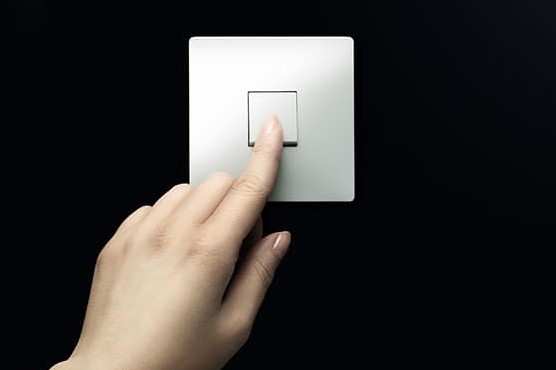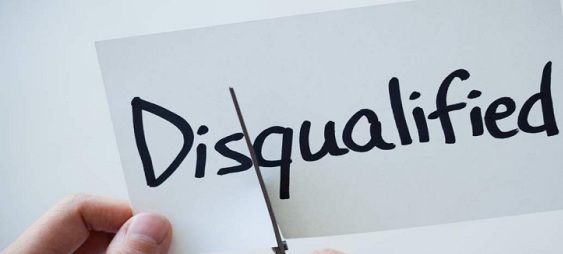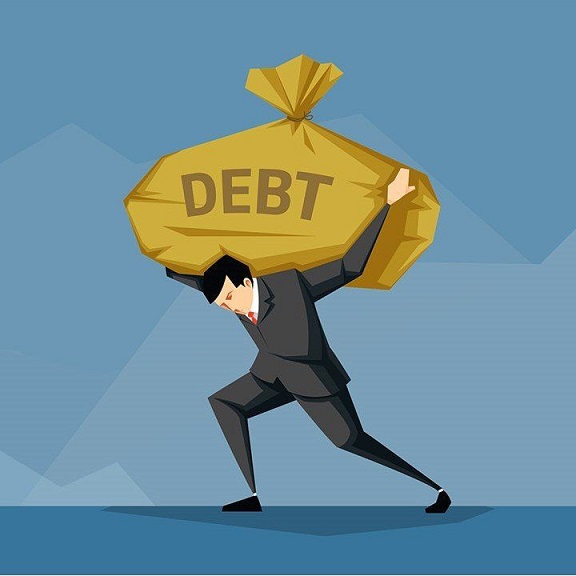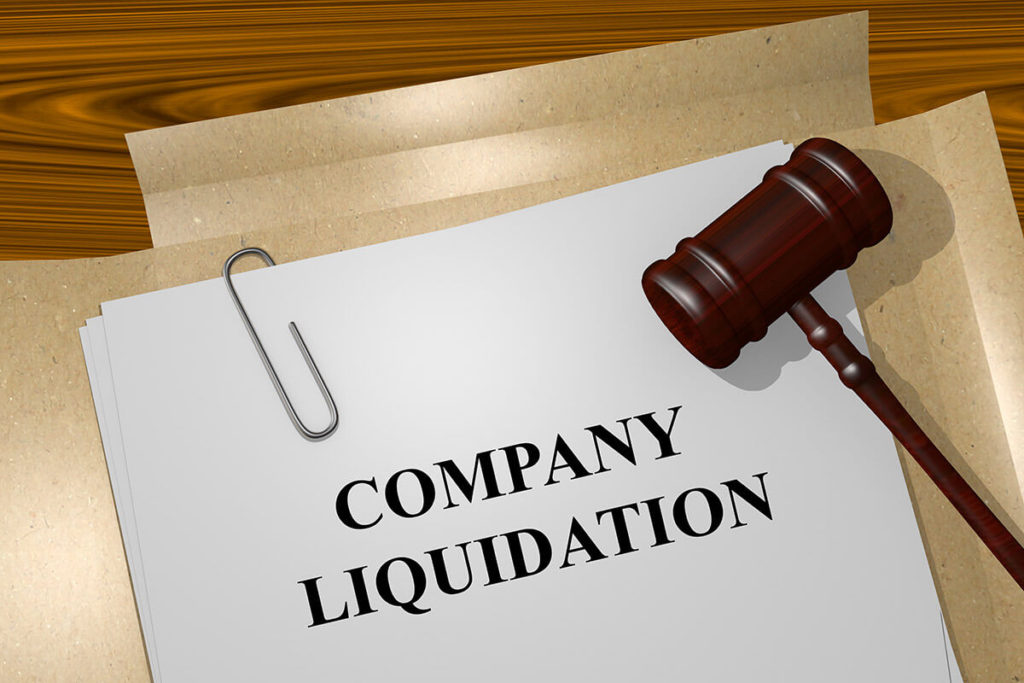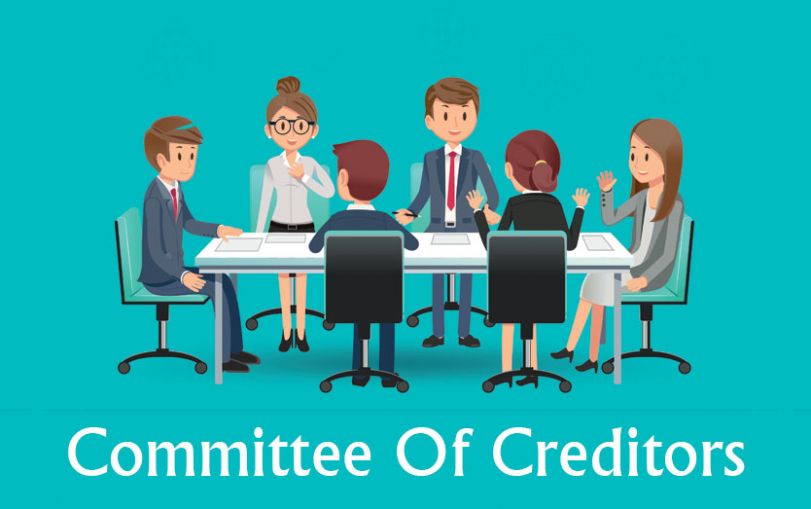Posts Tagged ‘insolvency practitioner’
Dark Side of Liquidation
When a limited company enters liquidation, for whatever reason, revenue from the sale of the company’s assets is redistributed amongst creditors and shareholders in order of priority. The director’s powers cease and an insolvency practitioner (IP) takes over managing the company’s affairs. The director no longer has any control over the company or its…
Read MoreDirector disqualification and misconduct
Careless, deceitful, and delinquent company directors can expect to face disqualification proceedings if their actions cause creditors to suffer financial loss. Disgruntled shareholders and creditors (the people and businesses you owe) may take action against a director suspected of misfeasance or another serious transgression. However, a licensed insolvency practitioner (IP) usually instigates Director Disqualification Proceedings.…
Read MoreTips for bankrupts and bankruptcy in 2021
Considering the state of the UK economy, it should come as no great surprise if there’s an increase in the number of bankrupts and bankruptcy procedures in 2021. In the vast majority of cases, the main causes of bankruptcy are: Loan defaults Unemployment Business failures A downward trend in the economy If you have…
Read MoreLiquidation advice for creditors in a CVL
In a creditors’ voluntary liquidation (CVL), the liquidator / insolvency practitioner (IP) turns the insolvent company’s assets into cash, and pays their own expenses before distributing revenue to creditors. As in all statutory insolvency procedures, secured creditors receive payment before preferential creditors. Any revenue that remains after preferential creditors have been paid is distributed equally…
Read MoreBusiness rescue advice: administration vs CVL
When directors resolve not to rescue an insolvent company, an insolvency practitioner (IP) may recommend placing the company into administration. However, in many instances a creditors’ voluntary liquidation (CVL) would be a more suitable insolvency procedure. Whereas companies remain in administration for at least 12 months, CVLs usually take less time and therefore incur fewer…
Read MoreBenefits of a creditors’ committee
Creditors in a statutory insolvency procedure should establish a creditors’ committee if they want to influence proceedings, set the basis for the insolvency practitioner’s fees, and increase dividends for the general body of creditors. A creditors’ committee consists of 3 to 5 people who are responsible for setting the basis of the insolvency practitioner (IP)’s…
Read More